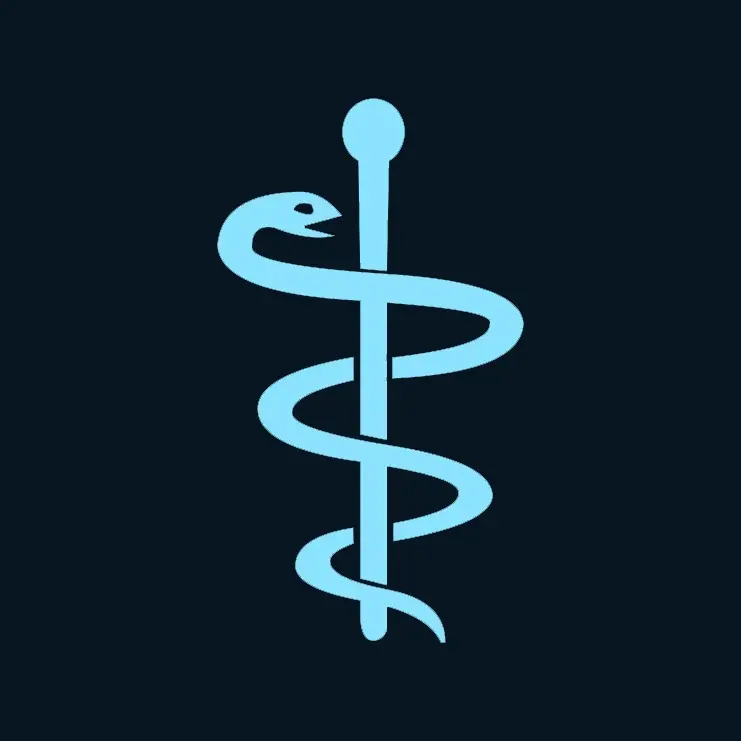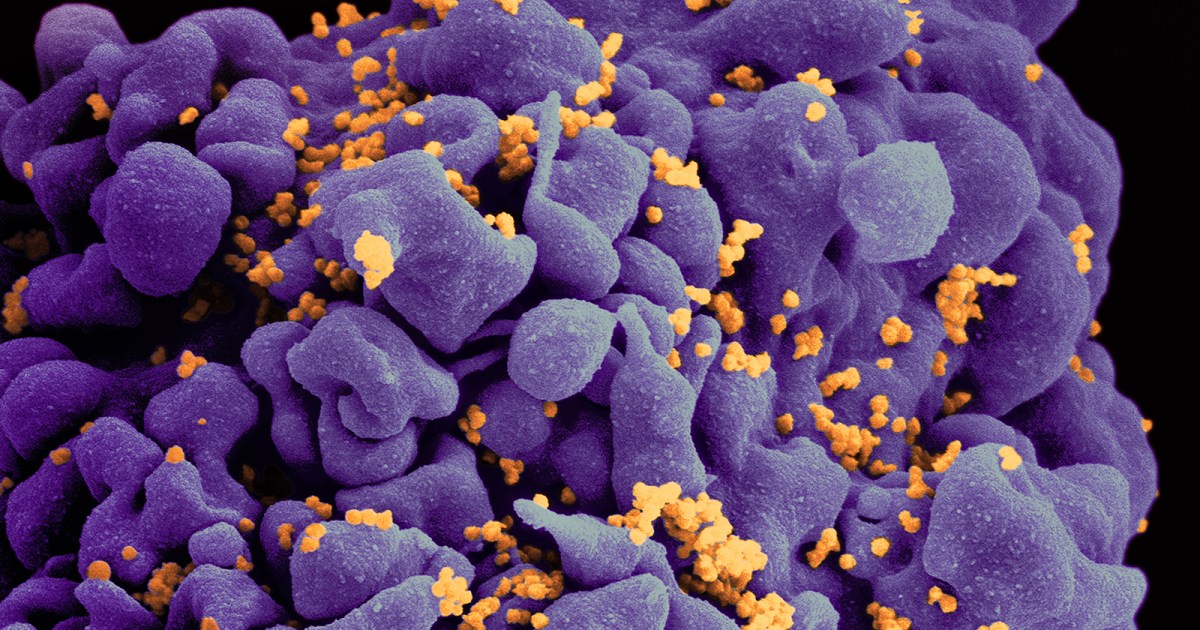So can we expect a cure for HIV, Toyotas battery, and half life 3 to drop in the same year?
Doubtful on Toyota’s battery.
And even more so on Half Life 3!
Removed by mod
Wait there’s HL3 news???
Maybe the first, the others nah.
Wow, this seems pretty big if it works
On October 25, 2023, they shared the first data from the trial at the European Society for Gene & Cell Therapy’s annual meeting in Brussels, Belgium — but missing from the announcement was any data about whether the therapy worked.
I’m not an expert, but that seems like the most important data to know.
And we wont “know” for a very long time. If the virus returns after lying dormant for 5 years its not a “cure” just a highly effective therapy.
It’s a thing I forget a lot.
Kinda like when CFLs first dropped and a lot of them were like “this light bulb will last over 80 years!”, when in reality they lasted 2 years.
In reality, at that point, their prototype had been made a year and a half ago and had far outlived the standard incandescent bulb, so they put an assininely huge number on the packaging.
6 months later, the prototype burned out.
unrelated to the original topic but man, i fucking love LEDs.
they just politely sip electricity and have a huge lifespan, then when they do kick the bucket it’s not unlikely you can fix them by swapping a capacitor or something.
Seems like the main point of this report is that none of the people who’d been given the treatment suffered any ill effects, and that the “stuff” of said treatment remained detectable in them after four weeks. They promise to have additional data in 2024.






